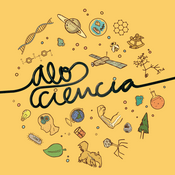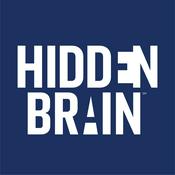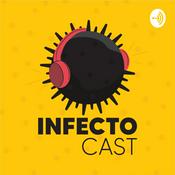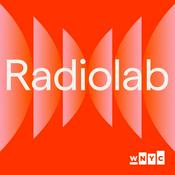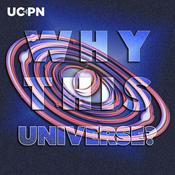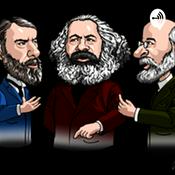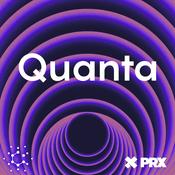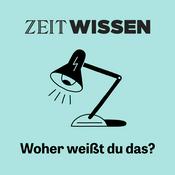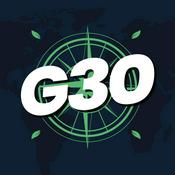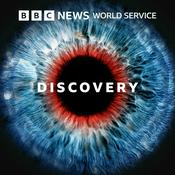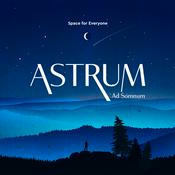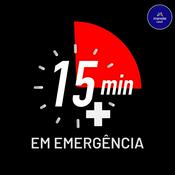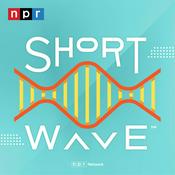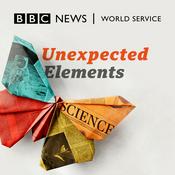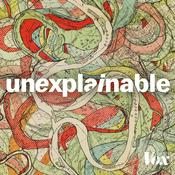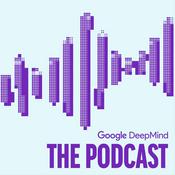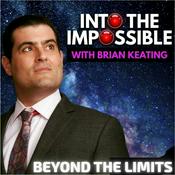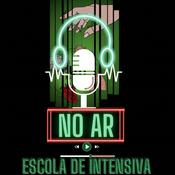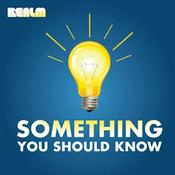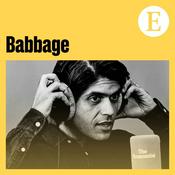1115 episódios
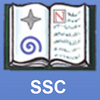
The Good News Is That One Side Has Definitively Won The Missing Heritability Debate
17/12/2025 | 12min
…the bad news is that they can't agree which one. I explained the debate more here, but the short version is: twin studies find that most traits are at least 50% genetic, sometimes much more. But molecular studies - that is, attempts to find the precise genes responsible - usually only found enough genes for the traits to be ~10-20% genetic. The remaining 35% was dubbed "missing heritability". Nurturists argued that the twin studies must be wrong; hereditarians argued that missing effect must be in hard-to-find genes. The latter seemed plausible because typical genetic studies only investigate the genes that most commonly vary across people - about 0.1% of the genome. Maybe the other 99.9% of genes, even though they rarely vary across people, are so numerous that even their tiny individual effects could add up to a large overall influence. There was no way to be sure, because variation in these genes was too rare to study effectively. But as technology improved, funding increased, and questions about heredity became more pressing, geneticists finally set out to do the hard thing. They gathered full genomes - not just the 0.1% - from thousands of people, and applied a whole-genome analysis technique called GREML-WGS. The resulting study was published earlier this month as Estimation and mapping of the missing heritability of human phenotypes, by Wainschtein, Yengo, et al. Partisans on both sides agree it's finally resolved the missing heritability debate, but they can't agree on what the resolution is.

Why AI Safety Won't Make America Lose The Race With China
02/12/2025 | 28min
If we worry too much about AI safety, will this make us "lose the race with China"1? (here "AI safety" means long-term concerns about alignment and hostile superintelligence, as opposed to "AI ethics" concerns like bias or intellectual property.) Everything has tradeoffs, regulation vs. progress is a common dichotomy, and the more important you think AI will be, the more important it is that the free world get it first. If you believe in superintelligence, the technological singularity, etc, then you think AI is maximally important, and this issue ought to be high on your mind. But when you look at this concretely, it becomes clear that this is too small to matter - so small that even the sign is uncertain. https://www.astralcodexten.com/p/why-ai-safety-wont-make-america-lose

The New AI Consciousness Paper
02/12/2025 | 25min
Most discourse on AI is low-quality. Most discourse on consciousness is super-abysmal-double-low quality. Multiply these - or maybe raise one to the exponent of the other, or something - and you get the quality of discourse on AI consciousness. It's not great. Out-of-the-box AIs mimic human text, and humans almost always describe themselves as conscious. So if you ask an AI whether it is conscious, it will often say yes. But because companies know this will happen, and don't want to give their customers existential crises, they hard-code in a command for the AIs to answer that they aren't conscious. Any response the AIs give will be determined by these two conflicting biases, and therefore not really believable. A recent paper expands on this method by subjecting AIs to a mechanistic interpretability "lie detector" test; it finds that AIs which say they're conscious think they're telling the truth, and AIs which say they're not conscious think they're lying. But it's hard to be sure this isn't just the copying-human-text thing. Can we do better? Unclear; the more common outcome for people who dip their toes in this space is to do much, much worse. But a rare bright spot has appeared: a seminal paper published earlier this month in Trends In Cognitive Science, Identifying Indicators Of Consciousness In AI Systems. Authors include Turing-Award-winning AI researcher Yoshua Bengio, leading philosopher of consciousness David Chalmers, and even a few members of our conspiracy. If any AI consciousness research can rise to the level of merely awful, surely we will find it here. One might divide theories of consciousness into three bins: https://www.astralcodexten.com/p/the-new-ai-consciousness-paper

Suggest Questions For Metaculus/ACX Forecasting Contest
02/12/2025 | 1min
ACX has been co-running a forecasting contest with Metaculus for the past few years. Lately the "co-running" has drifted towards them doing all the work and giving me credit, but that's how I like it! Last year's contest included more than 4500 forecasters predicting on 33 questions covering US politics, international events, AI, and more. They're preparing for this year's contest, and currently looking for interesting questions. These could be any objective outcome that might or might not happen in 2026, whose answer will be known by the end of the year. Not "Will Congress do a good job?", but "Will Congress' approval rating be above 40% on December 1, 2026?". Or, even better, "Will Congress' approval rating be above 40% according to the first NYT Congressional Approval Tracker update to be published after December 1, 2026?". Please share ideas for 2026 forecast questions here. The top ten question contributors will win prizes from $150 to $700. You can see examples of last year's questions here (click on each one for more details). This year's contest will also include AI bots, who will compete against the humans and one another for prizes of their own. To learn more about building a Metaculus forecasting bot, see here. I'll keep you updated on when the contest begins. https://www.astralcodexten.com/p/suggest-questions-for-metaculusacx

What Happened To SF Homelessness?
02/12/2025 | 20min
Last year, I wrote that it would be very hard to decrease the number of mentally ill homeless people in San Francisco. Commenters argued that no, it would be easy, just build more jails and mental hospitals. A year later, San Francisco feels safer. Visible homelessness is way down. But there wasn't enough time to build many more jails or mental hospitals. So what happened? Were we all wrong? Probably not. I only did a cursory investigation, and this is all low-confidence, but it looks like: There was a big decrease in tent encampments, because a series of court cases made it easier for cities to clear them. Most of the former campers are still homeless. They just don't have tents. There might have been a small decrease in overall homelessness, probably because of falling rents. Mayor Lurie claims to have a Plan To End Homelessness, but it's probably not responsible for the difference. Every city accuses every other city of shipping homeless people across their borders, but this probably doesn't explain most of what's going on in San Francisco in particular. https://www.astralcodexten.com/p/what-happened-to-sf-homelessness
Mais podcasts de Ciência
Podcasts em tendência em Ciência
Sobre Astral Codex Ten Podcast
Ouça Astral Codex Ten Podcast, Ta de Clinicagem e muitos outros podcasts de todo o mundo com o aplicativo o radio.net

Obtenha o aplicativo gratuito radio.net
- Guardar rádios e podcasts favoritos
- Transmissão via Wi-Fi ou Bluetooth
- Carplay & Android Audo compatìvel
- E ainda mais funções
Obtenha o aplicativo gratuito radio.net
- Guardar rádios e podcasts favoritos
- Transmissão via Wi-Fi ou Bluetooth
- Carplay & Android Audo compatìvel
- E ainda mais funções


Astral Codex Ten Podcast
baixe o aplicativo,
ouça.





